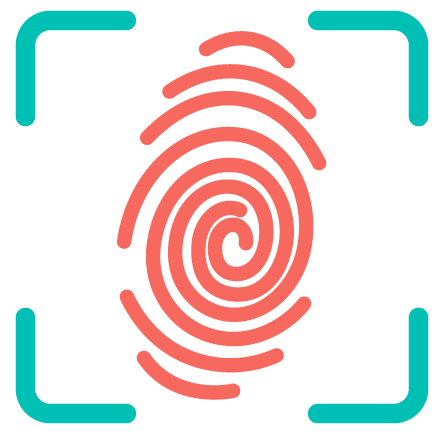What is the DSM-5 code for ADHD inattentive type?
314.00 Attention-Deficit/Hyperactivity Disorder, Predominantly Inattentive Type: if Criterion A1 is met but Criterion A2 is not met for the past 6 months.
What is the ICD 10 code for inattentive?
ICD-10-CM Code for Attention-deficit hyperactivity disorder, predominantly inattentive type F90. 0.
What are the ICD-10 codes for ADHD?
F90.0 Attention-deficit hyperactivity disorder, predominantly inattentive type.
Is attention deficit disorder in the DSM-5?
How is ADHD diagnosed? Healthcare providers use the guidelines in the American Psychiatric Association’s Diagnostic and Statistical Manual, Fifth edition (DSM-5)1, to help diagnose ADHD. This diagnostic standard helps ensure that people are appropriately diagnosed and treated for ADHD.
What is the ICD-10 code for ADHD inattentive type?
ICD-10-CM codes for ADHD include: F90. 0, Attention-deficit hyperactivity disorder, predominantly inattentive type.
What is ADHD predominantly inattentive type?
Attention Deficit Hyperactivity Disorder (ADHD), Inattentive Type in Adults. People with ADHD of the inattentive type have trouble paying attention to details, are easily distracted, often have trouble organizing or finishing tasks and often forget routine chores (such as paying bills on time or returning phone calls).
How is inattentive ADHD diagnosed?
Technically, to be diagnosed with ADHD inattentive type, adults (age 17 and older) must have:
- Five or more symptoms of inattention (see symptoms); symptoms can change over time.
- Symptoms must be present for at least 6 months.
- Symptoms must interfere with or reduce the quality of social, home or work life.
What are the DSM 5 codes?
DSM-5 Recommended ICD-10-CM Code for use beginning October 1, 2020; Alcohol withdrawal,
What are the DSM 5 criteria?
Taking the substance in larger amounts or for longer than you’re meant to.
What are the symptoms of DSM 5?
– Transportation: Using public transportation such as automobiles, buses, trains, ships or planes. – Open spaces: Being in open spaces, such as parking lots, marketplaces or bridges. – Enclosed spaces: Being in enclosed places such as shops, theaters or cinemas. – Crowds: Standing in line or being in a crowd. – Outside of home: Being outside of the home alone.
What is ADHD in DSM 5?
Therefore, it’s important to be able to recognize signs of inattentive ADHD in a person of any age–kids and teens, for integrated support at an early age, but also adults who remain undiagnosed or misdiagnosed. According to the DSM-5, a diagnosis of
